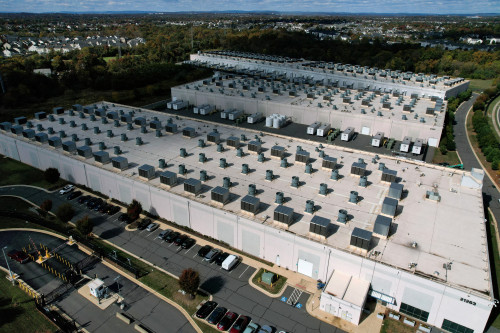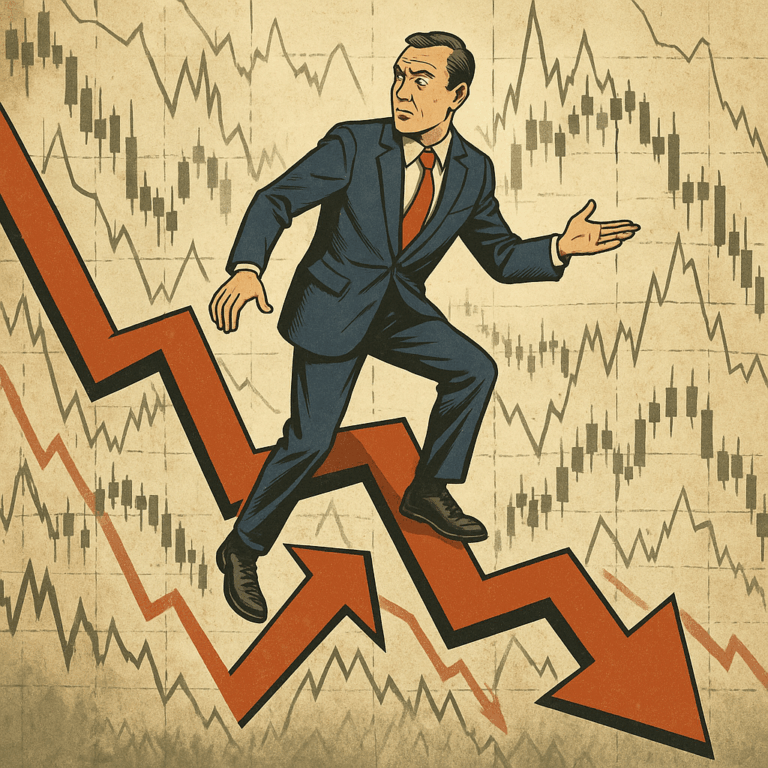
Last week ended on a turbulent note as both Thursday and Friday saw a major ‘sell-off’ by high-flying technology, artificial intelligence and big financial stocks, which led the market lower. On opening Friday as concern mounted on tech stock prices and explosive gains, realization set in that investors were beginning to resist. Profit taking and posturing away from the tech, AI sectors and market favorites greatly adjusted investors holdings. After over 40 days of shut-down, and being deprived of pertinent government economic data, many signals indicated that a major adjustment was coming…and it did. Not only were U.S. markets in turmoil, worldwide financial centers were greatly affected also. “This has happened a couple of times, but then buyers came back,” said David Bahnsen, chief investment officer for Bahnsen Group. “At some point they won’t come back,” he added. The September Jobs Report, coming tomorrow, will give the Federal Reserve vital data for their next meeting in preparation for a possible rate decision. As the market closed Friday, after a volatile week, some recovery signs were evident, however indexes were all lower, above some of the ‘valleys’ of the day.
Monday’s session opened weak, with traders continuing to be sellers of techs and AI stocks, now entering the 3rd down day. The bread and butter Dow Jones Industrial Average was down 557 points, while the S&P 500 and Nasdaq Composite off 0.9% and 0.8%% respectively. For nearly 6 weeks investors have been skittish, wary of the swift run-up of techs, AI, and market favorites, long overdue for a ‘possible’ correction. The sell-off was more than stocks, it affected crypto and precious metals also. Bitcoin after peaking near $125,000 is hovering near $95,000 while gold has retrenched 5%, still a buyers market. “The declines helped the S&P 500 and Nasdaq Composite on Monday to step past a line they hadn’t crossed in 138 straight trading days–and not in the direction many investors had hoped,” according to the Wall Street Journal. The 10-year Treasury note yield dropped slightly from 4.147% to 4.132% at Monday’s close. Tuesday was yet another worsening day as the Dow Jones index fell another 500 points, -0.8%. “That’s a 4.5% drop in the past 4 days,’ says the WSJ. Tech stocks again swayed the market notably lower across the board as declines were prevalent in all sectors. Investor concerns about mounting debt levels have cooled tech and AI buying, with much pivoting of capital. Both the S&P 500 and Nasdaq lost ground, dropping 0.8% and 1.2% respectively. “The fact that there’s so much fog or lack of transparency–the easiest thing for investors to do is move to the sidelines,” said Mark Hackett, chief market strategist at Nationwide. “That’s where you get this emotion and volatility. It’s not because they have everything figured out, it’s because they don’t.”
Wednesday was a rebounding day as techs reversed course, ending the 4 day slide, driving the market higher. All three indexes were positive, with the S&P 500 and Nasdaq up 0.4% and 0.6% respectively. The Dow Jones Industrial Average was slightly up, 0.1%. Investors and traders are looking to catch up on much economic news, sheltered by the shutdown, as many have opted ‘for wait-and-see’ of the back-log of yet to be released government data. At close Wednesday bitcoin weakened, dropping below $90,000, trading at $89,440 at 4 PM.
RUMBLINGS ON THE STREET
Mina Krishman, Multi asset portfolio manager at Schroders, WSJ – “What equities are possibly reflecting today is we’re going to see a deluge of data. We’ve been in the dark for the past 40 days, and it’ll be a lot of data all at once.”
Mark Malak, chief investment officer at Siebert Financial, WSJ – “You’re seeing people sticking to stocks, but they’re rotating out of these growth more expensive equities into what might be perceived as more safe and cheaper (stocks).”
Naomi Fink, chief global strategist at Amore Asset Management, WSJ – “It would be unwise to disregard the U.S. consumer, which remains the backbone of the economy. And the consumer continues to face the uncomfortable mix of labor market stagnation coupled with persistently elevated costs of living.”





